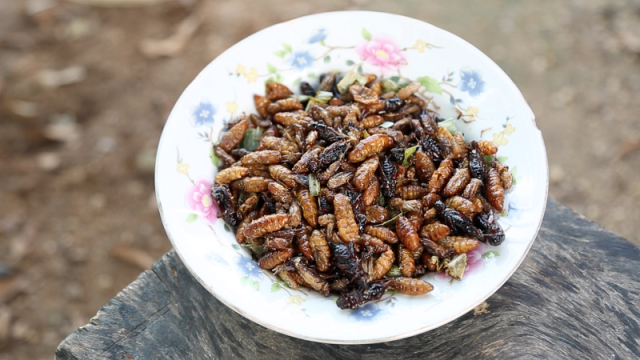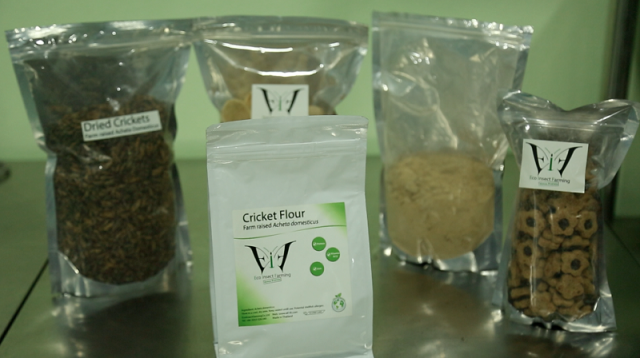In the future, insects could save us from hunger, scientists say
While Thai food with its complex flavors and intense spices, has long charmed the world over, the kingdom’s tradition of eating insects has also become one of Thailand’s biggest tourism lures.
In the markets of the northern region of Chiang Mai, where the famous Thai street food could be had, insects like crickets, grass hoppers, and beetles, are also sold to be eaten and in fact, enjoyed — by foreigners mostly.
But what not a lot of people know is that there is wisdom — and foresight — in this Thai tradition.

On I-Witness, Kapuso journalist Kara David realized that countries with wide expanses of farmland – and as such, huge populations of insects — flipped their view of these little critters. From a problem, they saw them as food instead.
In fact, during the 1997 Asian crisis, when Thailand experienced extreme poverty and hunger, Thais turned to insects for food and nutrition. As such, cricket farming really took off as an industry.
Crickets are rich in protein, low in fat, is abundant in vitamins, and because crickets are easy to grow, they can feed a lot of people.
Besides, cricket farming also translates to good money. According te Supakorn Jumkeaw, an owner of a cricket farm in Chiang Mai, it earns that about 7,000 Baht in just one day.
Twenty years since cricket farming became a legitimate industry, Thailand has started to export crickets to the US and Europe – not so much as a food item, but as cricket powder, an ingredient for things like energy bars, cookies, and even crackers.
“Cricket powder contains 70 percent protein,” says Rahael Samozino, co-founder of Eco Insect Farming. “There are a lot of vitamins, iron, omega.”
Samozino continues, “crickets consume less water and only require a small space.”

In 2013, the UN published a study about insect farming and how it “is particularly relevant at a time when population growth, urbanization, and the rising middle class have increased the demand for food while simultaneously harming the environment that enables its production.”
Today, Thailand remains the number 1 exporter of edible insects, shipping about 7,000 tons of ingredients made with crickets per year. Who knows, we could already be eating crickets for all we know. — Jannielyn Ann Bigtas/LA, GMA News




